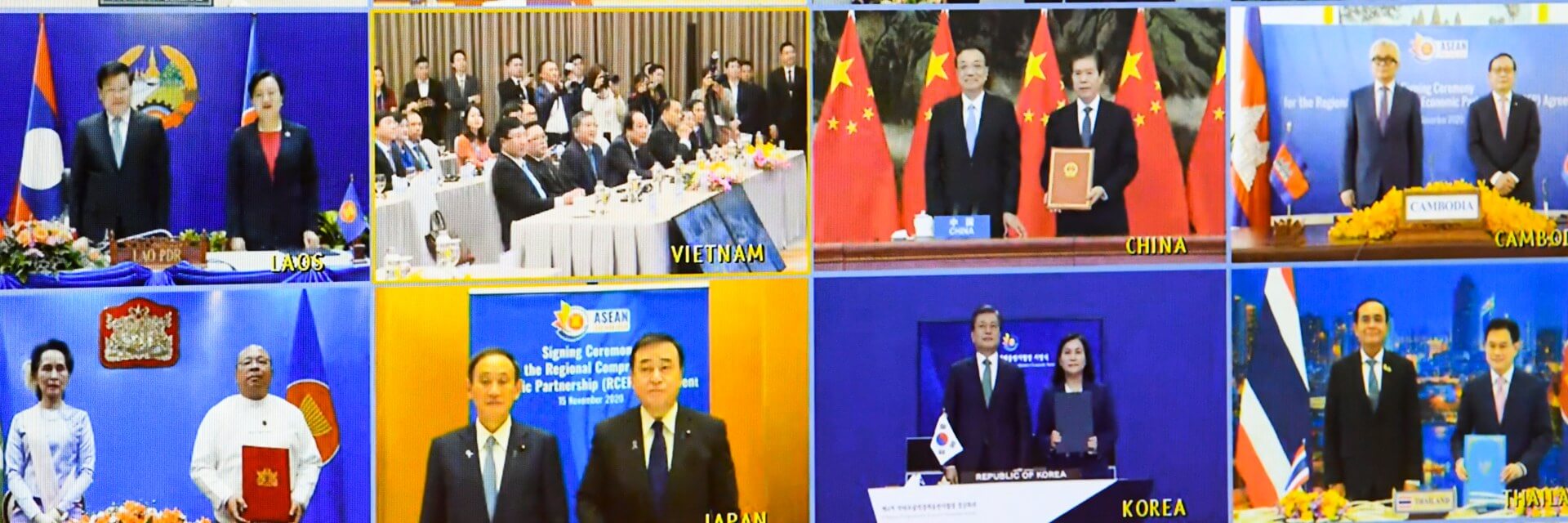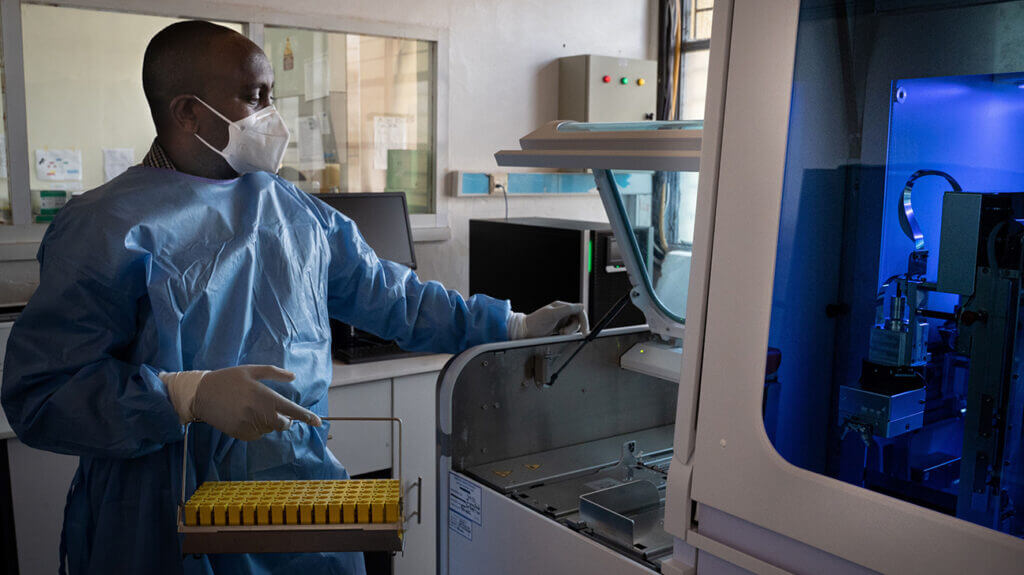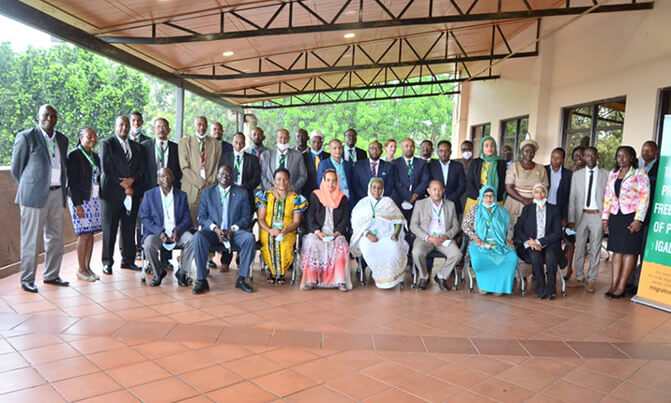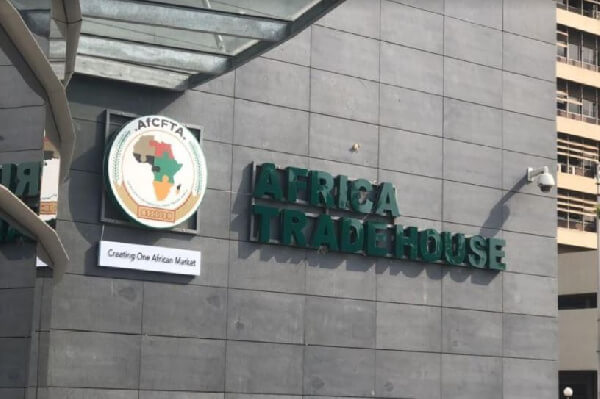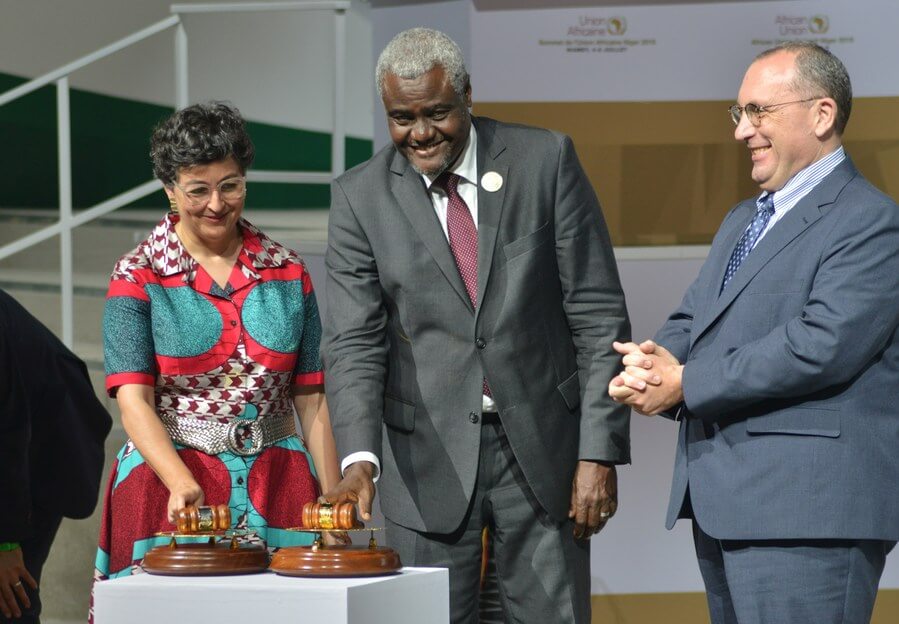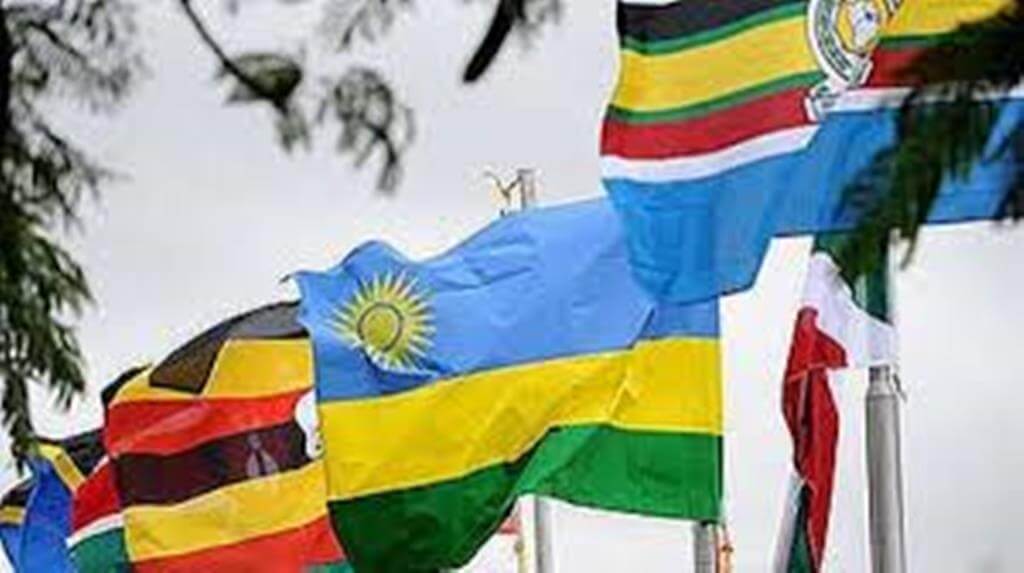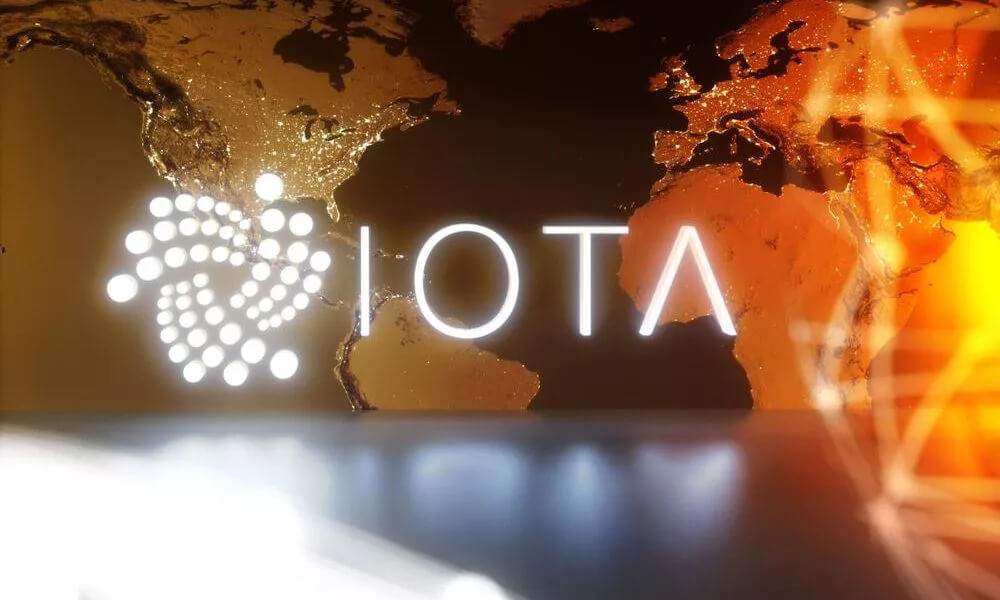n November 15, 15 countries in East Asia and the Pacific signed the Regional Economic Partnership Agreement (RCEP), creating the world’s largest trading bloc. This signing arguably marks one of the most remarkable responses of global leaders to the global protectionist trends witnessed since 2016. RCEP negotiations started in 2012 with 16 countries including the 10 Association of Southeast Asian Nations (ASEAN) countries, China, Japan, India, South Korea, Australia, and New Zealand. Even with India’s eventual withdrawal in 2019, the agreement is still the world’s largest, encompassing 30 percent of global GDP and 27 percent of global merchandise trade (Figure 1). RCEP also comprises over 18 percent of services trade and 19 percent of foreign direct investment (FDI) outflows. Driven by China, the RCEP trade bloc has gained prominence in global trade and investment, and has outstripped the growth of large high-income trade blocs over the past decades. The remarkable growth of China and Southeast Asian economies is reflected in the rising share of the RCEP bloc in global GDP, trade, and FDI over the past two decades (Figure 1). This has also propelled the RCEP to overtake trading blocs, which were much larger at the beginning of the century, including the North America Free Trade Agreement (NAFTA) and the European Union (Figure 2). GOOD NEWS FOR MEMBER COUNTRIES, PARTICULARLY NON-ASEAN RCEP deepens trade and investment relations between member countries mainly through reductions in non-tariff barriers (NTBs) on goods and services trade. The agreement focuses on NTBs as import tariffs were...
The significance of the Regional Economic Partnership Agreement
Posted on: November 25, 2020
Posted on: November 25, 2020

